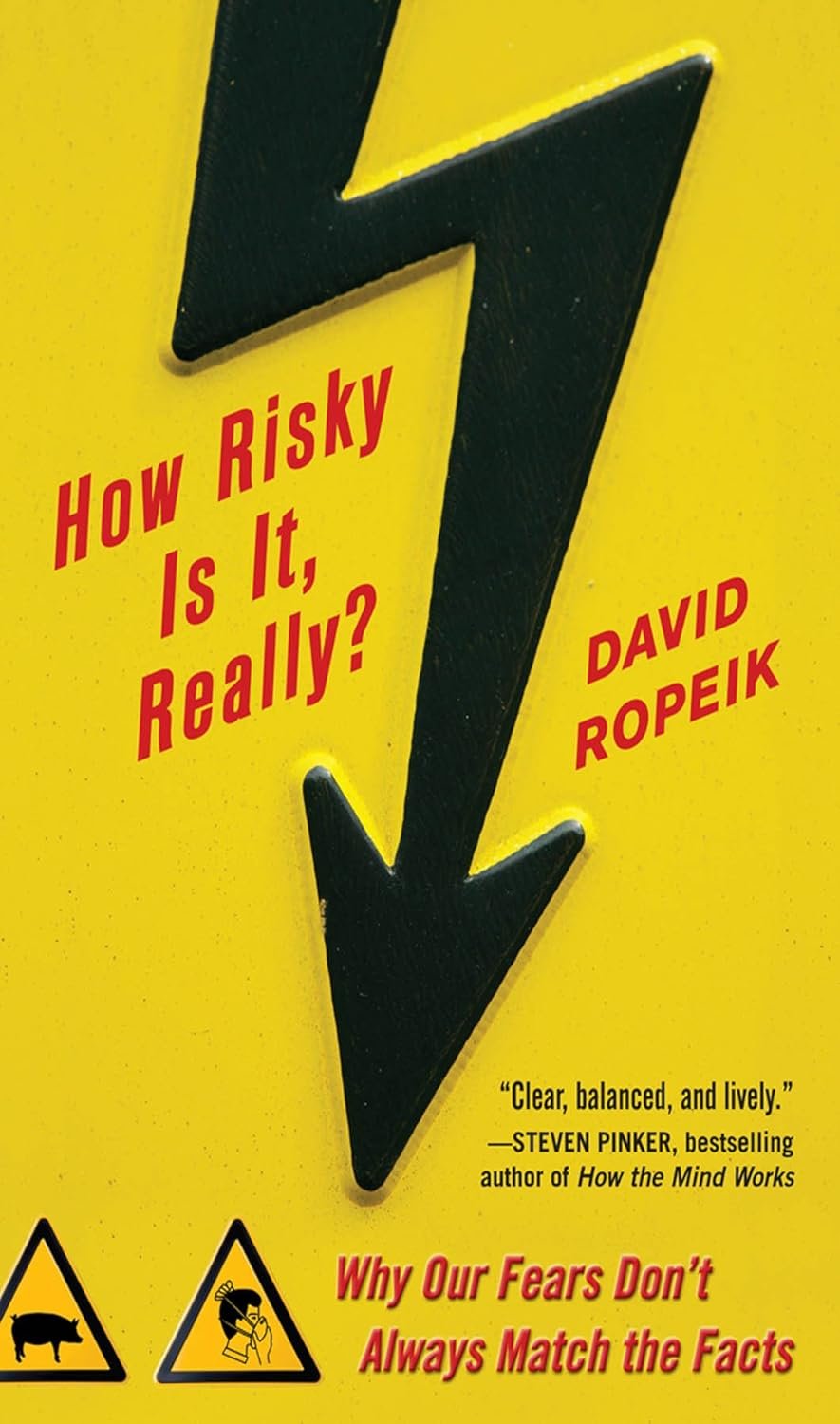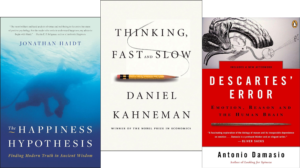How Risky is it Really? by David Ropeik
Humans are terrible at assessing risk. David Ropeik writes one of the best non-fiction books on the topic and it has become one of my favorites to recommend and share. I first heard about it just prior to the 2020 COVID pandemic and read it before things went crazy. It was eye opening to see the book explain all the chaos that surrounded us over the next two years. It was so impactful that I used the psychology and sociology to add credibility to my science fiction story Paradox: Book One of The Singularity Chronicles. In the page-turning adventure, you’ll find that the drive to avoid risk most often results in facing even greater risk; a true Paradox.
You can also find this idea broken down into thought-provoking essays from the popular Substack Polymathic Being, also written by Michael Woudenberg
- Risk Compensation
- Masks Do Work – How binary thinking and risk compensation failed us in COVID
- Zero Forgiveness for Technology
Original price was: $32.00.$0.00Current price is: $0.00.
Product Details
In How Risky Is It Really?, David Ropeik explores the gap between perceived risk and actual danger. Ropeik uses psychology, behavioral science, and neuroscience to explain why we often fear the wrong things, such as flying over driving, or sharks over household accidents. This book is an essential guide for anyone in risk management, marketing, or policy-making who wants to understand how fear and emotion distort decision-making.
Key Takeaways
- Emotional Biases in Risk: Learn how emotional reactions can skew our perception of risk, making us fear the unlikely while ignoring the probable.
- The Media’s Role in Risk: News media often amplifies rare but dramatic risks, leading the public to overestimate their dangers.
- Rational Risk Assessment: Ropeik provides tools for developing a more balanced, data-driven approach to evaluating risks.
Why It Matters
In a world driven by media narratives and emotional biases, understanding how to assess risk accurately is crucial for making informed decisions. For businesses and policymakers, adopting a rational approach to risk perception can improve decision-making and crisis management. At Polymathic Disciplines, we help leaders develop a risk-aware culture that minimizes fear-based decisions
Actionable Insights
- Use data-driven tools to analyze risk, avoiding emotional decision-making.
- Educate your organization on how to differentiate between real risks and perceived threats.
- You can also find this idea broken down into thought-provoking essays from the popular Substack Polymathic Being, also written by Michael Woudenberg






Reviews